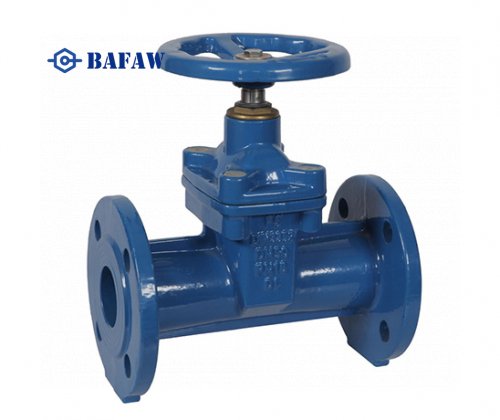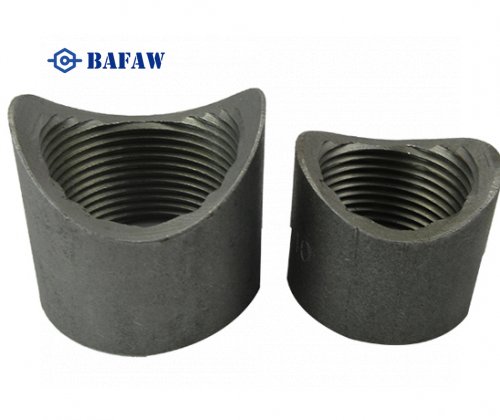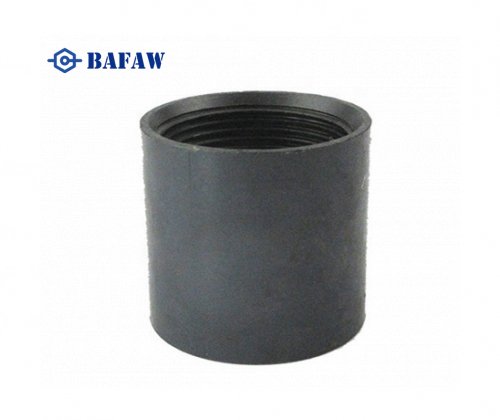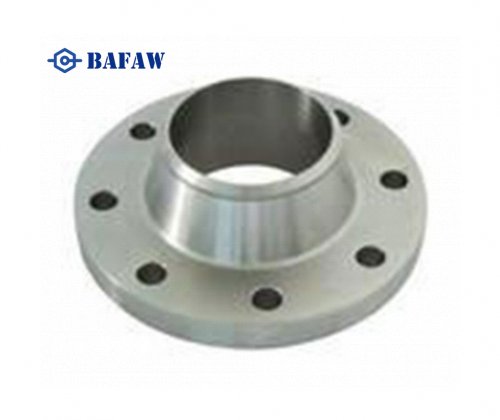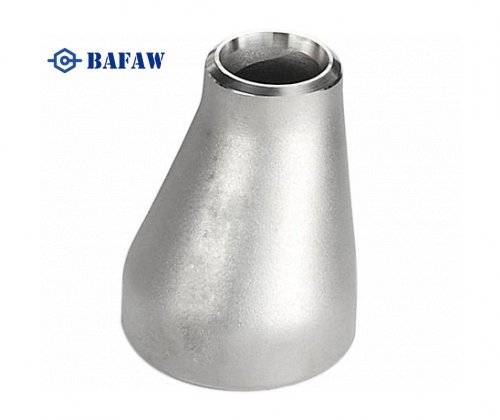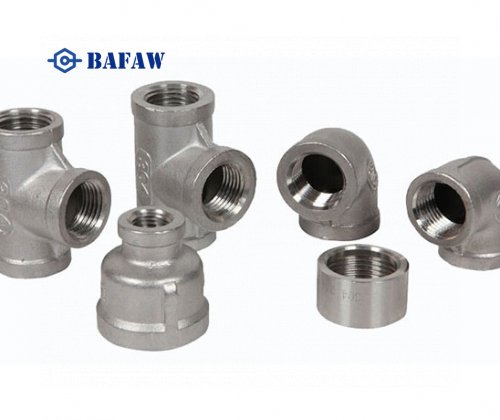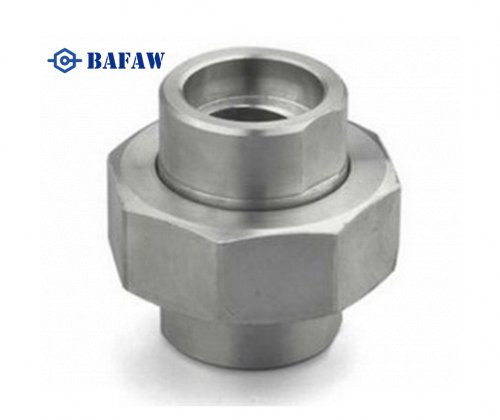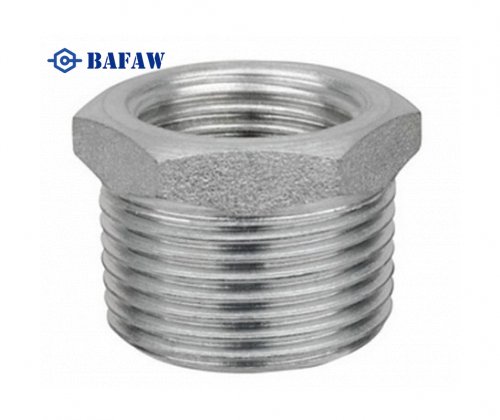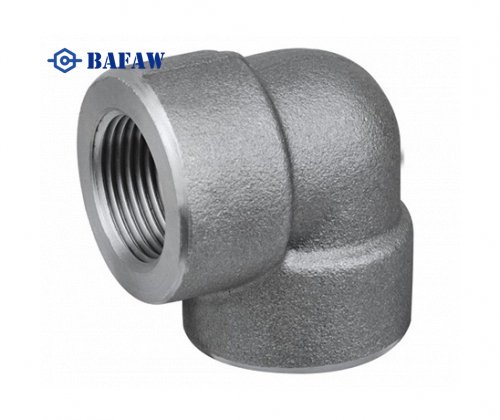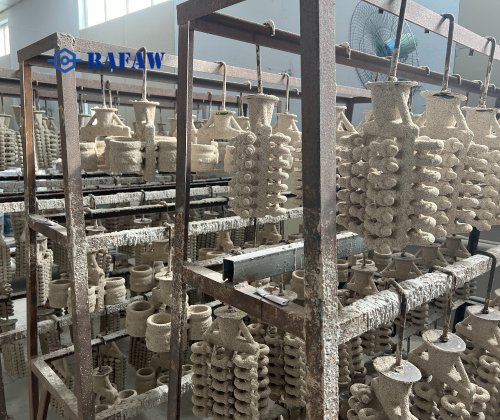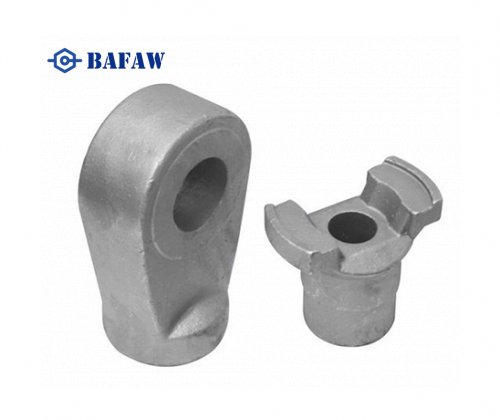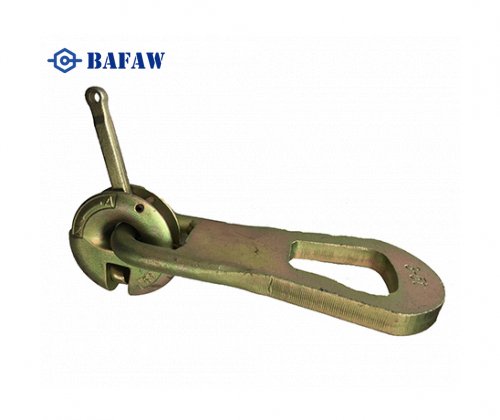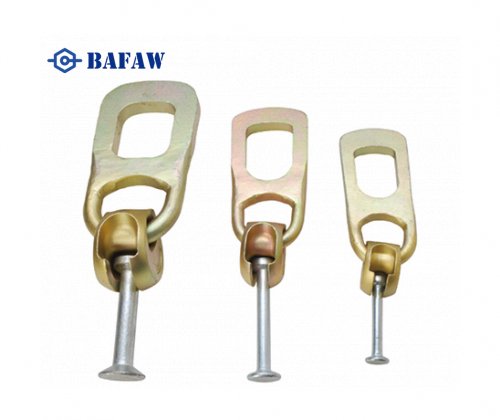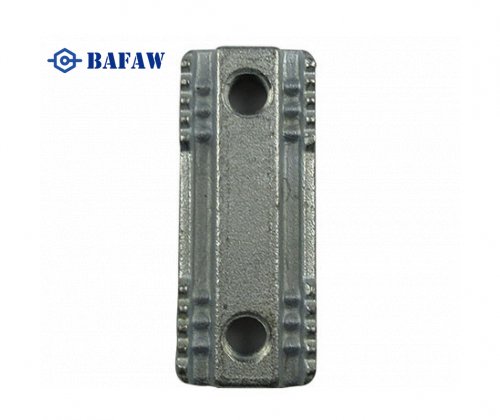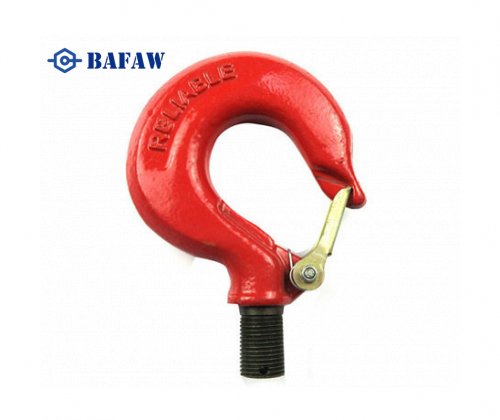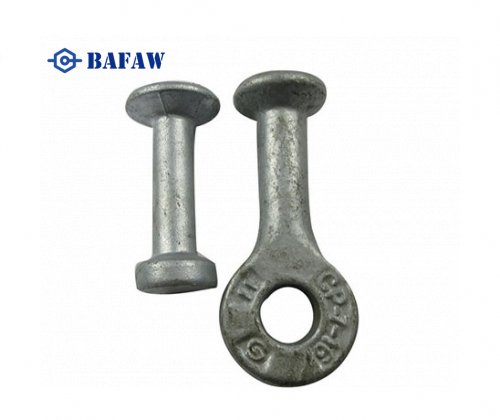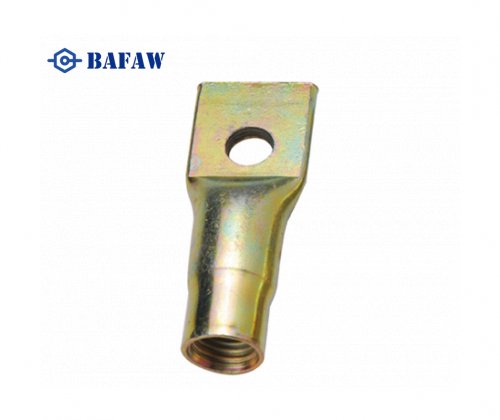Lap joint flanges are invaluable components in piping systems, offering versatility, ease of installation, and flexibility. However, ensuring a successful installation requires attention to detail and adherence to best practices. In this blog, we highlight five common mistakes to avoid when installing lap joint flanges, helping you optimize performance, prevent leaks, and maximize efficiency in your piping systems.
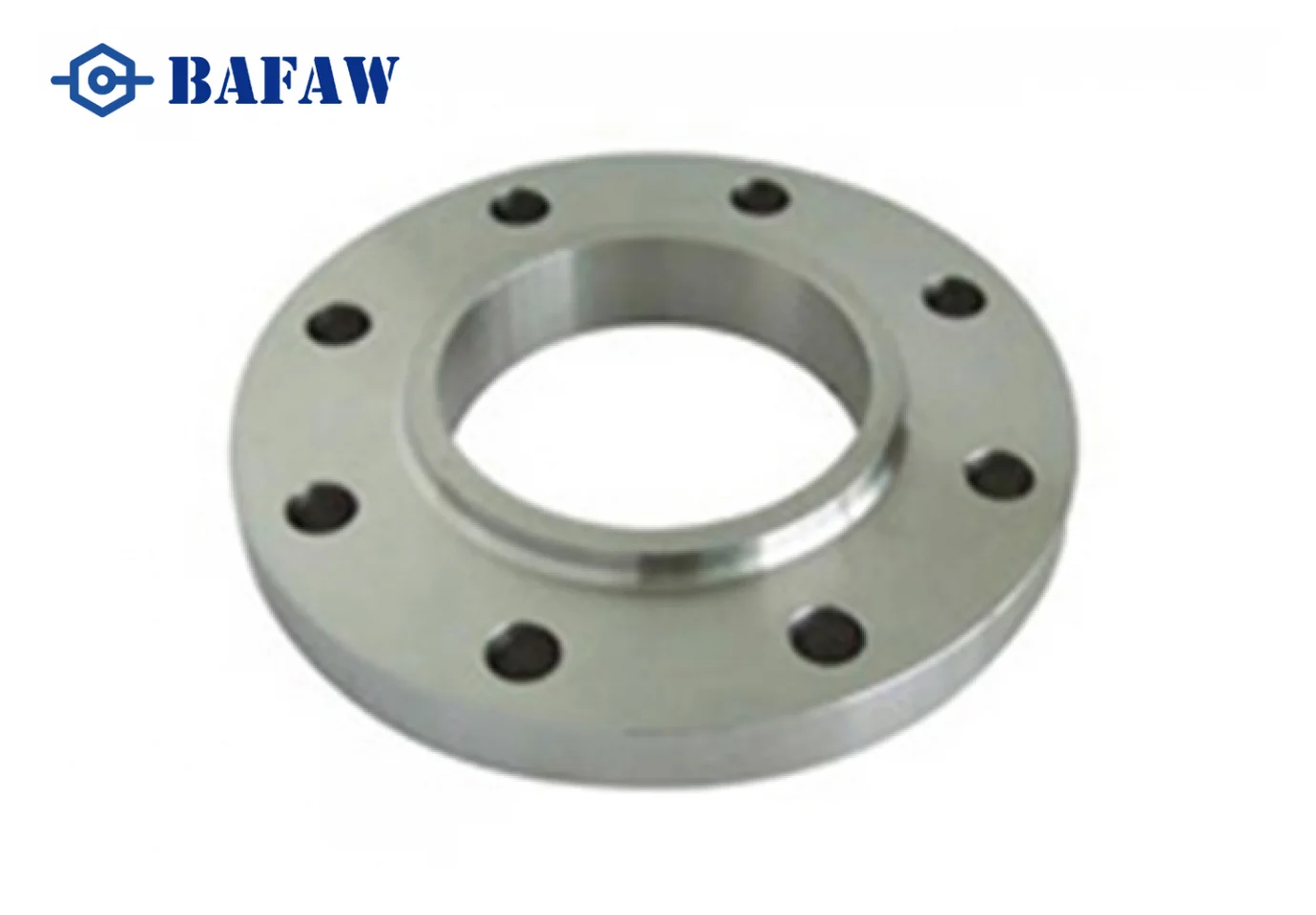
Inadequate Gasket Selection
One of the most critical aspects of lap joint flange installation is selecting the appropriate gasket material. Using the wrong gasket can lead to leaks and compromise the integrity of the joint. Common gasket materials include rubber, compressed fiber, and PTFE (Teflon). Ensure that the gasket material is compatible with the fluid being conveyed and the operating conditions of the system.
Improper Bolt Tightening
Proper bolt tightening is essential to ensure a leak-free seal between the stub end and backing flange. Over-tightening can distort the flange faces and lead to gasket failure, while under-tightening can result in leaks. Follow manufacturer-recommended torque specifications and tightening sequences to achieve the correct bolt preload and ensure uniform pressure distribution across the gasket surface.
Misalignment During Assembly
Misalignment during assembly is a common cause of leaks in lap joint flange connections. Ensure that the stub end is properly aligned with the backing flange before tightening the bolts. Use alignment tools or visual inspection to verify alignment, and make any necessary adjustments to ensure concentricity between the mating surfaces.
Insufficient Surface Preparation
Inadequate surface preparation of the flange faces can compromise the effectiveness of the gasket seal. Remove any dirt, debris, or rust from the flange faces before assembly to ensure proper seating of the gasket. Use a wire brush, emery cloth, or chemical solvent to clean the surfaces thoroughly, and inspect for any signs of damage or irregularities.
Neglecting to Check Bolt Length
Using bolts that are too long or too short can result in uneven bolt loading and compromised joint integrity. Before installation, ensure that the bolt length is appropriate for the thickness of the flange assembly. The length should allow for full engagement of the threads without bottoming out or protruding beyond the nut. Consider using washers or spacers if necessary to achieve the correct bolt length.
Avoiding these common mistakes is essential to ensuring a successful lap joint flange installation and preventing costly leaks and downtime in your piping systems. By selecting the right gasket material, properly tightening bolts, ensuring alignment, preparing flange surfaces, and checking bolt length, you can optimize the performance and reliability of your lap joint flange connections.
If you have any questions or need assistance with lap joint flange installation, our team of experts is here to help. Feel free to reach out to us via phone, email, or visit our website for more information on our products and services.

















